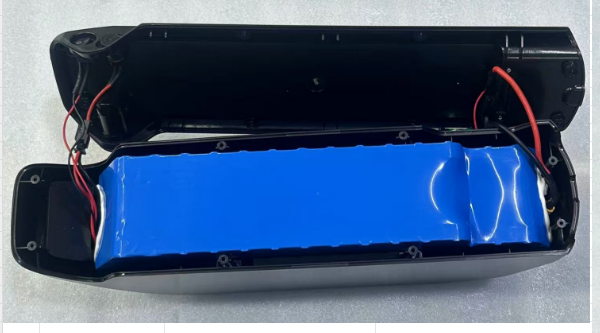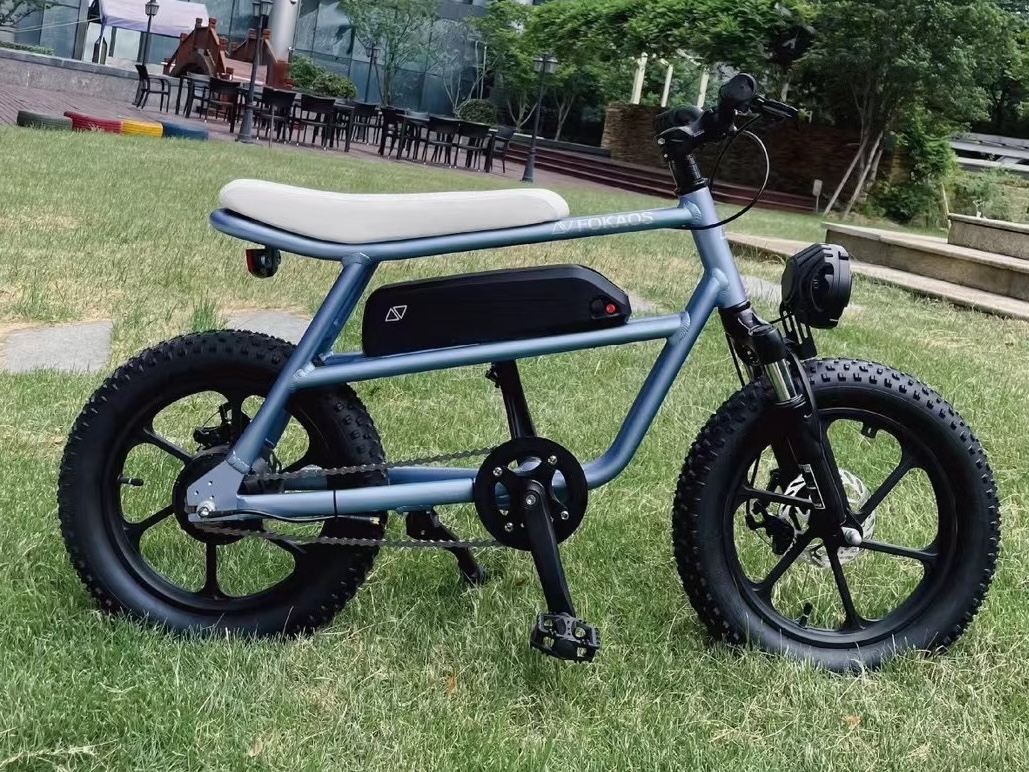
The function of lithium-ion battery separator paper in lithium-ion batteries is to isolate the positive and negative electrode materials. The quality of the separator paper directly affects the safety performance and capacity of the battery.
Traditional polymer separators are made from materials such as polyethylene and polypropylene, and are prepared by processes such as melt extrusion, stretching, and heat setting to produce microporous polyolefin lithium-ion battery separator materials. This material has high porosity, tear strength, acid and alkali resistance, and elasticity. After hundreds of cycles of use, its physical and chemical properties do not change significantly.
Lithium-ion battery separator materials are mainly used to isolate the positive and negative electrodes of lithium-ion batteries. When lithium-ion batteries are overcharged, they have an overheating self-shutdown protection function to prevent battery short circuit and explosion. Separator materials have the following physical and chemical indicators:
- Pore size: The separator has a certain pore size, which can control the transmission speed of ions between the positive and negative electrodes.
- Pore distribution: The size and uniformity of pore distribution in the separator also have a great impact on battery performance.
- Conductivity: The separator should have good conductivity to ensure the balanced distribution of charges inside the battery.
- Mechanical strength: The separator should have sufficient mechanical strength to prevent internal short circuits or pinholes.
- Chemical stability: The separator should have sufficient chemical stability to ensure that the battery does not decompose or dissolve during long-term operation.
Common types of lithium-ion battery separator materials include polypropylene (PP), polyimide (PI), and polybenzimidazole (PBI). Among them, polypropylene is currently the most commonly used lithium-ion battery separator material due to its low price and good chemical stability.
Currently, the production methods for battery separators mainly include dry and wet processes. In the dry process, the separator raw materials and film-forming additives are mixed and then formed into a crystalline structure through melt extrusion. The resulting dry separator is then annealed, and it is mainly used for polypropylene (PP) separators.
In the wet process, the principle of thermal-induced phase separation is used. Plasticizers such as paraffin oil are mixed and melted with polyolefin resins to form a homogeneous mixture. After a certain period of insulation, the plasticizer is extracted from the thin film using a solvent to create an interconnected microporous film material. This method is mainly used for manufacturing polyethylene (PE) separators.





中.jpeg)
